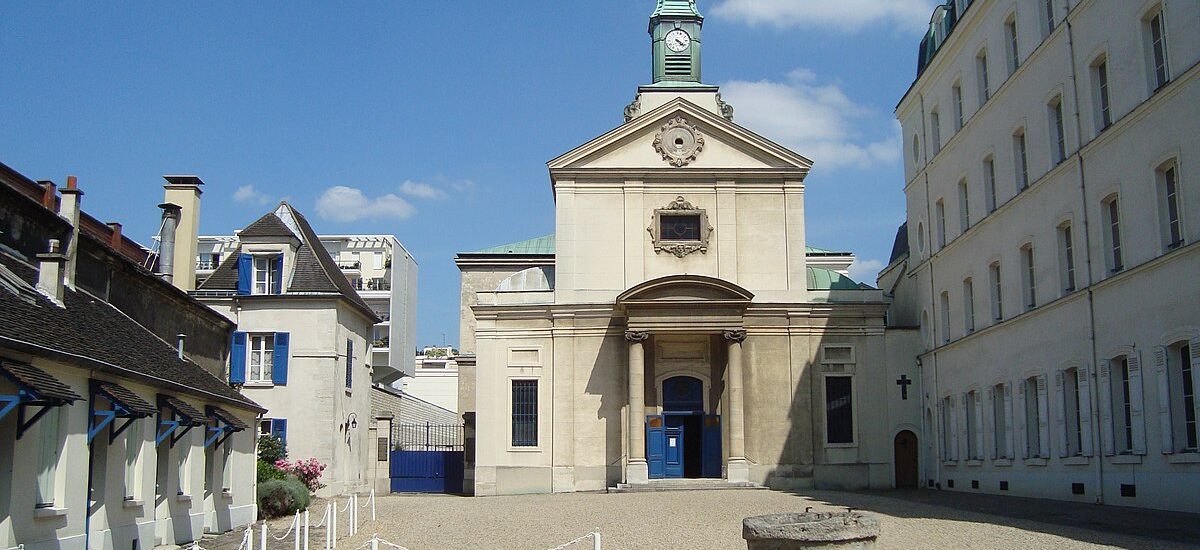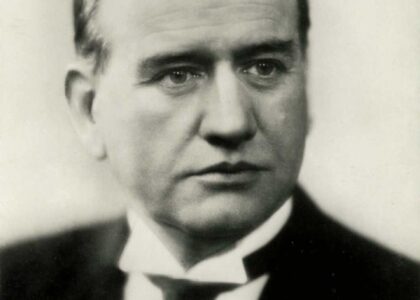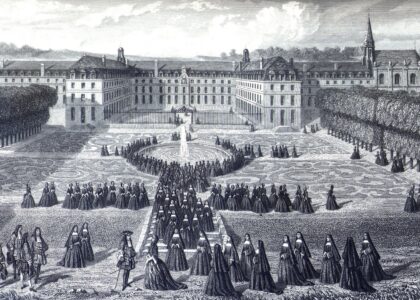Picpus Cemetery, the largest private cemetery in Paris, is a haunting reminder of one of the darkest periods of the French Revolution—the Reign of Terror. Established in the 12th arrondissement, this cemetery was born from the turmoil of revolutionary France. During the Revolution, the land was seized from the convent of the Chanoinesses de St-Augustin. The convent’s property became the final resting place for 1,306 victims executed by guillotine between June 14 and July 27, 1794.
The cemetery is only one of two private cemeteries in Paris, and its history is intertwined with the lives of both the infamous and the illustrious. The guillotine’s victims were a diverse group—nobles, clergy, shopkeepers, and laborers—all thrown together into mass graves. Among the notable figures associated with Picpus is the Marquis de Lafayette, a hero of both the American and French Revolutions. His grave, marked by an ever-present American flag, is a testament to his enduring legacy.
The cemetery’s establishment was driven by eleven families of noble victims who purchased the land to honor their executed relatives. Over time, the cemetery evolved into a sacred place of remembrance. A chapel was constructed, and annual commemorations continue to honor the victims.
Picpus Cemetery is a unique historical site. It not only serves as a burial ground but also as a poignant reminder of the revolutionary fervor that reshaped France. The stories of those who rest here, from Lafayette to the countless unnamed, bring the past to life, offering a window into an era marked by upheaval and change.





